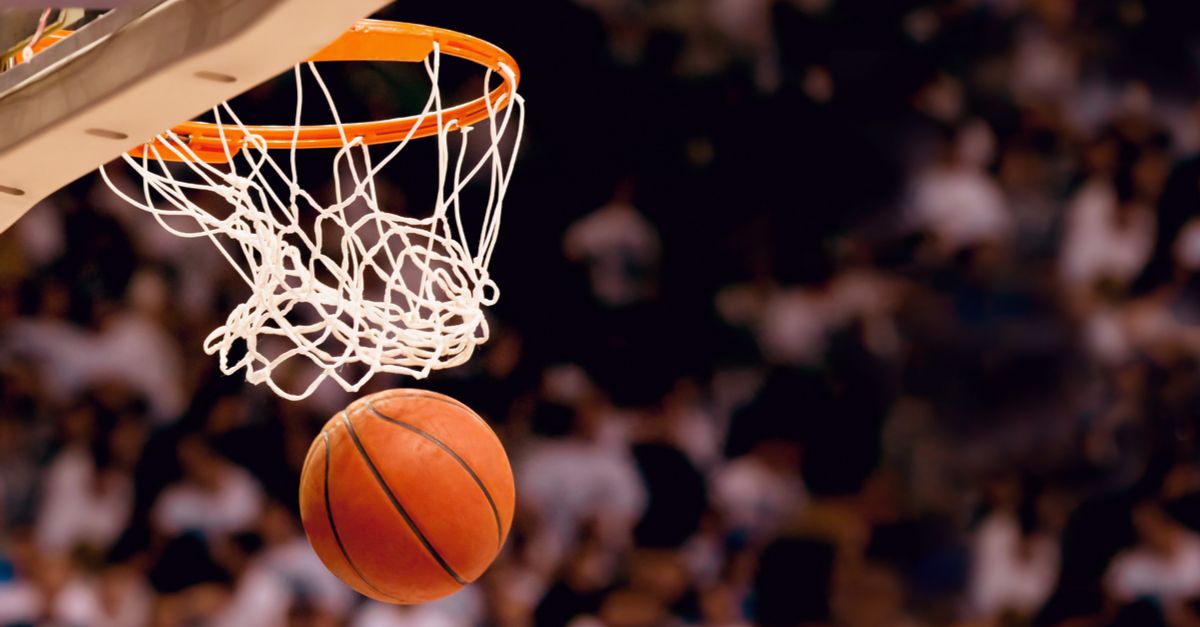To most fans of the major professional team sports in the U.S. (i.e., baseball, football, basketball), the competitions they follow have pretty much always been the same as they are now. Over the years the strategies have changed, the equipment has gotten better, the athletes have become bigger, stronger, and faster, and the leagues have tinkered with the rules a bit now and then (generally to maintain fan interest by increasing scoring), but the basic conditions and rules under which the games are contested were established long ago (baseball in the
One of these sports has changed considerably within the lifetime of its older fan base, however. The NBA (formed in 1949 from two earlier professional basketball leagues, the National Basketball Association and the Basketball Association of America) didn't always feature the high-scoring, "run and gun" type of games that have become so familiar to modern fans. In the early 1950s, basketball contests were too frequently boring, slow-moving, low-scoring affairs in which one team grabbed an early lead and then spent the rest of the game simply holding on to the ball until the clock ran out.
The league predictably tinkered with the rules a bit (primarily by expanding the lane from six feet to twelve feet in width, thereby reducing congestion under the basket and forcing teams to rely more on distance shooting), but by 1954 the NBA's economic viability was in serious trouble as paying customers began walking out of some dreadfully dull games. The
[The] game was still frequently boring, degenerating all too often into what were known as "freeze-and-foul" contests, with the team in the lead playing possession ball to run out the clock and the losing team fouling to try to recover, the game stopping each time it succeeded. In one notorious example of "stall ball," as it was also known, on
November 22, 1950, between the Minneapolis Lakers and theFort Wayne Zollner Pistons, the final score was19-18. The Pistons coach, Murray Mendenhall, had decided not to run the ball but simply to hold it and wait until the end of the game to score the winning point. He succeeded, but fans were reading newspapers in the stands; some walked out and demanded their money back, others swore never to buy another ticket to a professional basketball game.1
The solution to this dilemma was another rule change, one which might seem simple and obvious to today's fans, but which was revolutionary for professional basketball at the time. Danny Biasone, the owner of the NBA's Syracuse Nationals franchise, argued that the league needed to place a limit on how long a team could hold the ball, thereby preventing one side from stubbornly hanging onto the ball until they were fouled (or until the clock ran out) and forcing both teams to play the game at a faster pace.
The implementation of this
The new rule was implemented a little crudely at first (typically by giving a recruit a stopwatch and having him stand on a sideline and yell "Time!" whenever
Surprisingly, though (or perhaps not, since every alteration to something familiar usually prompts at least a few objections, even when the changes are clearly for the better), the new rule had some detractors, such as
The question we want to consider here, though, is "Why
The answer is that Danny Biasone, the aforementioned owner who pushed for the adoption of the
